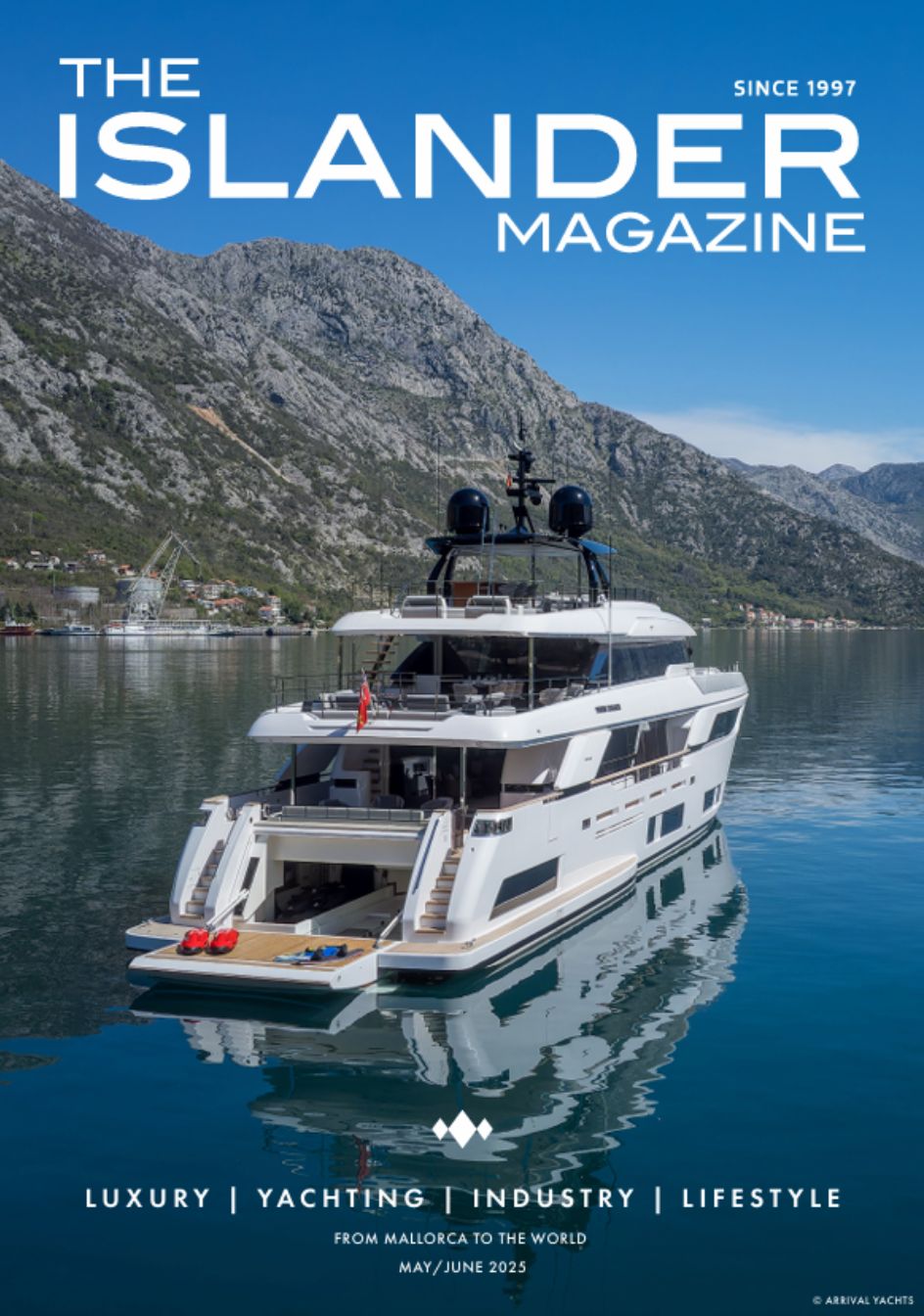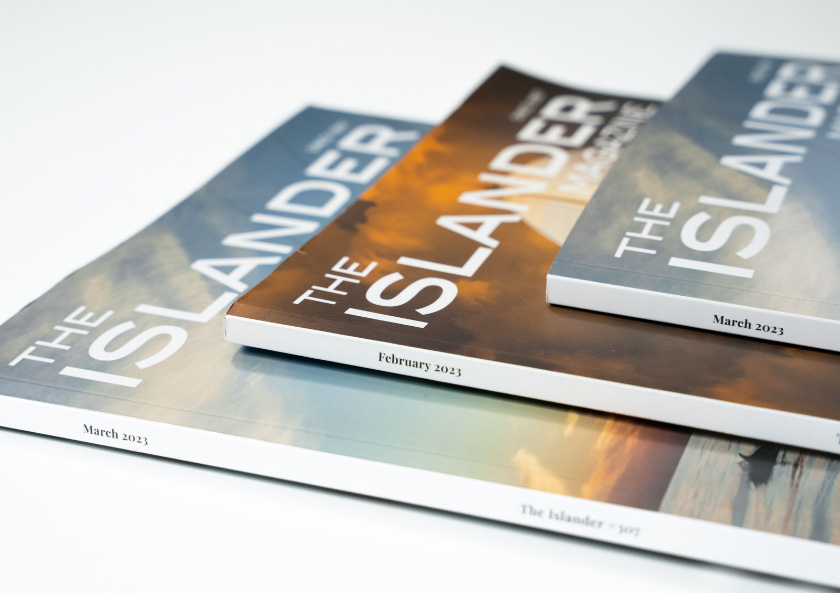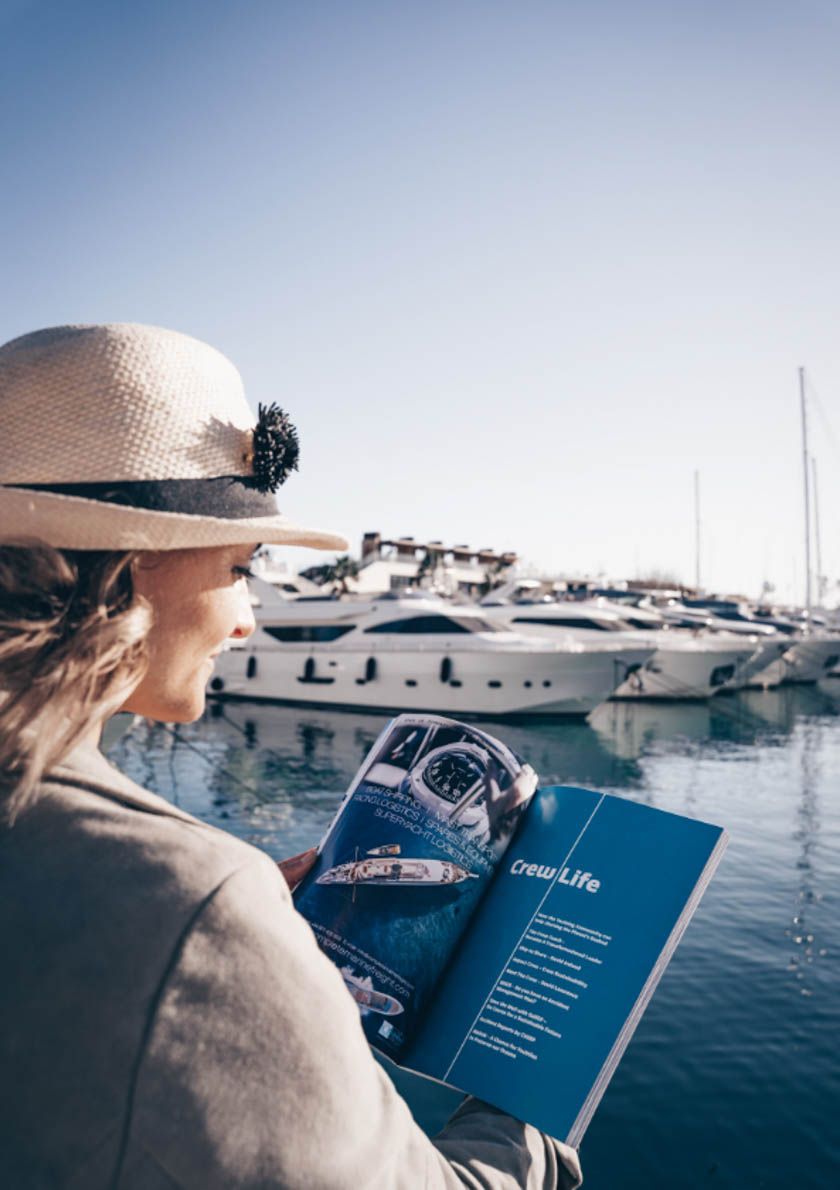Today I suddenly found myself with my leg in a splint lying on a stretcher being carried around by yacht crew who all looked very concerned. I have to say it was a very unsettling experience. A real eye – opener despite the fact that I wasn’t really in pain or in distress. Amanda Hewson from MSOS decided I should be the volunteer and play the victim in her workshop about Trauma Assessment and Fractures. My wife was not impressed with the selfie I Whatsapped her (that’s a verb now) with a brace around my neck without further explanation.
The way Amanda spoke about emergency procedures made me realise that my STCW95 course was; 1. too long ago and 2. not given by a medically trained person who has worked in the E.R. or more importantly, on yachts. I remember very well how every procedure was rounded up with “.. and then you call 911 or 112.” I always thought that was a bit strange. Amanda’s stories of on board, and often offshore, emergencies make the event of an emergency suddenly sound “not-so-unlikely”. Being offshore, a simple incident such as breaking a limb can be life threatening if not handled correctly. And, like my father always says, a good job starts with the right tools. The right tools in this case are the splints, stretchers and braces. After today I consider myself even more lucky than I always did, for getting away with all those offshore miles on yachts that, I know, often missed quite a number of these items on board.
Like with all things safety we don’t like to talk about it, hoping not to jinx our luck. When it comes to spending money on things that we hope we never need the conversation becomes even more uncomfortable. But when the dust hits the fan, things suddenly all become very real. Fail to prepare, prepare to fail… The other realisation you make after a one hour workshop with MSOS, is that many yachts do have all the kit on board but the crews are not familiar with the usage of it. During this workshop, where nobody is in a real panic and we were all cool headed, it is really disturbing to see how none of us posses the routine of handling this gear. This is something that should be practised every month!
It’s not only offshore that emergency situations can occur. I was once anchored off Jost Van Dyke in the BVI’s when one of my guests, who had diabetes, went into a fit due to a sugar low.
His wife started to fill his foaming mouth with a cocktail of colourful pills. I thought she saw the opportunity to kill him and run off with the life insurance pay-out. But apparently Smarties can’t can’t kill a man and it brought his sugar levels back up.
But these situations do make you
realise how often you are far away from medical support when you are on a yacht. Even being close to land does not mean being close to help. When crew volunteer to go offshore or to go racing, they understand, to a certain extent, what kind of risk they are exposing themselves to. But what liabilities are involved with charter guests who are paying a lot of money to have a relaxed holiday in the safe hands of their professional crew? Commercial yachts are obviously obliged to carry the medical kits relevant to their category, but does the crew have the routine to work with it?
Surely guests will assume they do. One can easily imagine the legal consequences following an emergency that has been handled incorrectly.
These are definitely things to stop and think about.
















0 Comments